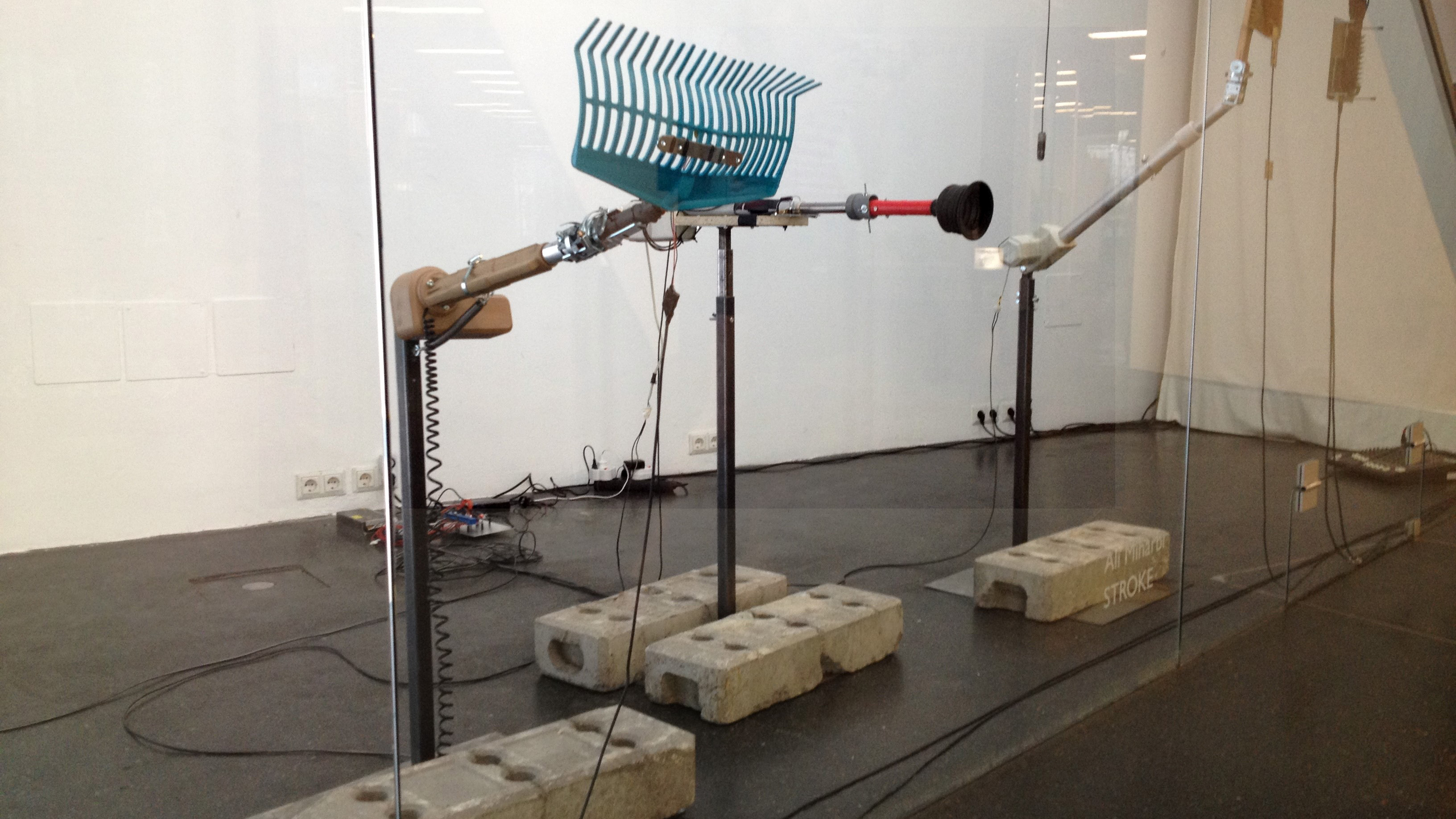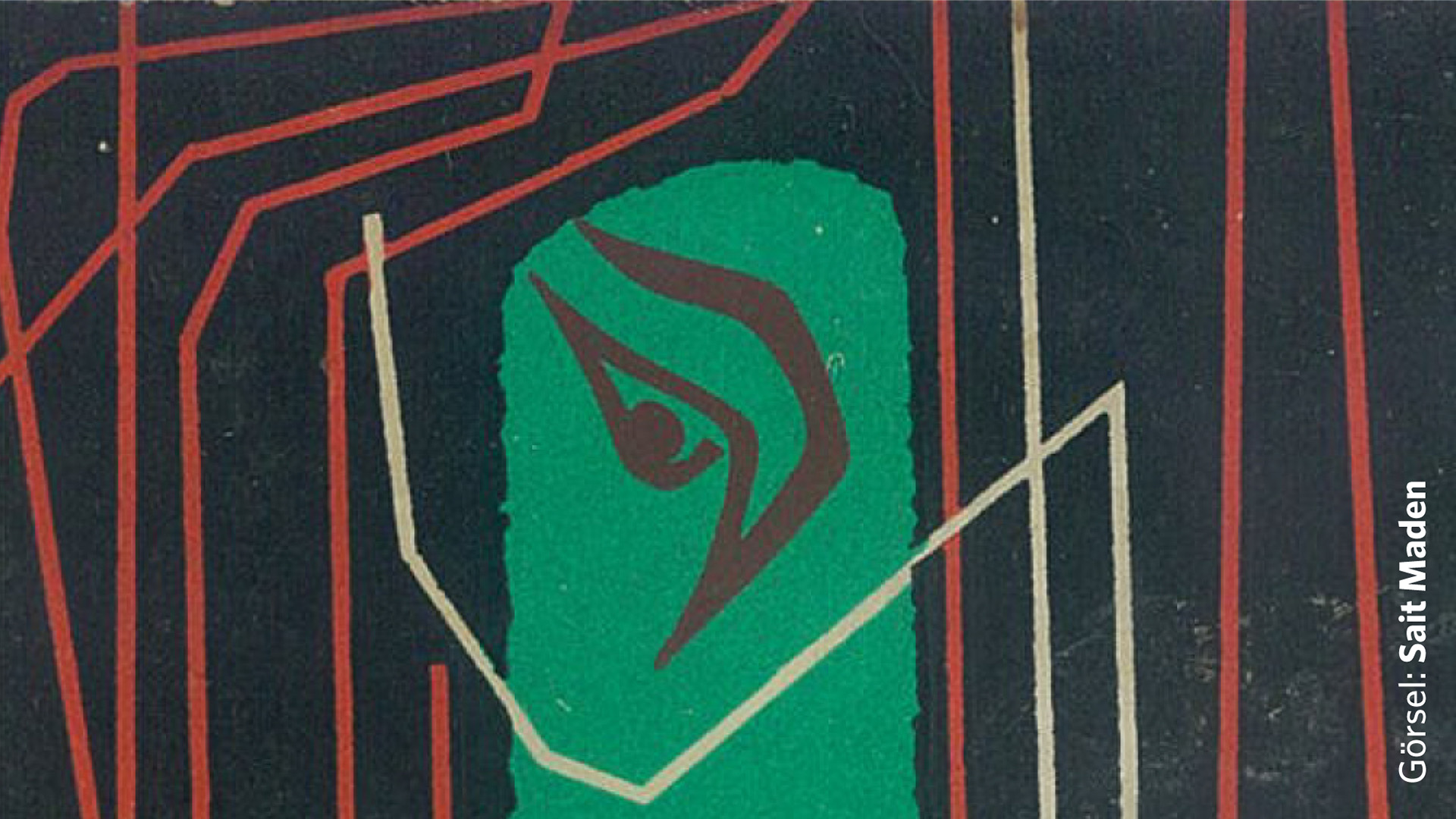Blog
Conversations: Rudolf Frieling, Curator of Media Arts, SFMOMA
29 November 2018 Thu
Guest Curator of West Coast Visions: Artists from the SFMOMA Media Arts Collection presented at Borusan Contemporary in 2014
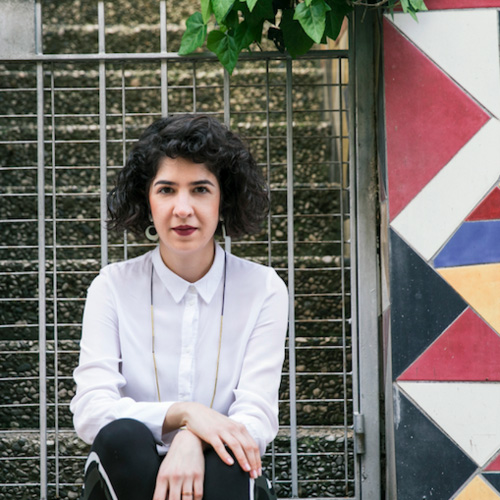
NAZ CUGUOĞLU
nazcuguoglu@gmail.com
Inviting a curator to an institution’s collection could mean various things: A dialogue or a monologue—emptying all the existing narratives to define them with new meanings or reshuffling them around. These collaborations require horizontal allies and generosity from both sides—an attempt to find the undercommons in a world of broken relationships.
Borusan Contemporary has invited seven curators in the last six years to its ever-growing collection of new media art to unlock these probabilities. This series of conversations is a curious response to this cultivating network of associations and relationships, marked with site-specificity and temporality, in a city that is always in flux.
– Naz Cuguoğlu
Naz Cuguoğlu: When you were developing the concept and intuition behind the exhibition West Coast Visions: Artists from the SFMOMA Media Arts Collection, what were the major motivations, concerns and/ or curiosities behind the selection of the works?
Rudolf Frieling: Museum collections tend to struggle with an inherent contradiction: They collect works to be exhibited so the public can view them but the exposure to light, environments, and yes, even the public, can only harm the work in the long-run. In media arts, typically the opposite is true. The more often we install a work of variable media, i.e. a work based on changing technological conditions, the more we need to review its components to keep it alive and updated. It’s a simple preservation strategy but also the single most important reason for seeking opportunities to show works from our collection as often as possible. That said, there is obviously a desire to learn more about the relevance and content of works when placed in different contexts. It was such a pleasure to see historic and contemporary works come together at Borusan Contemporary because of its unique location and clearly quite different cultural context compared to San Francisco.
NC: Thinking about Borusan Contemporary’s architecture as the “Haunted House”, its proximity to a bridge and the sea which both connect and separate, how did the collection and physical space of Borusan Contemporary influence your curatorial decisions?
RF: The exhibition happened at a time when SFMOMA closed temporarily for its big expansion in 2013-2014. We were thus very interested in exploring ways of showing parts of the collection elsewhere. The fact that Borusan Contemporary’s collection has such a strong focus on media art was certainly a key factor, but even more so the space and location of the Haunted House. The proximity to the water, its traffic of boats and commercial ships, made me think of Doug Hall’s beautiful two-channel video installation Chrysopylae, which he had just premiered in a very similar setting underneath the Golden Gate Bridge in San Francisco, the same location that featured so prominently in its visual narrative. Replacing this setting with the geographical twin situation of the Fatih Sultan Mehmet Bridge—also known as the Second Bosphorus Bridge—prompted the concept for the entire show. In the end, its placement inside the exhibition space—with the effect of conceptually penetrating the walls of the Haunted House to look out onto the outdoor scenery, only it was the Bay in San Francisco—was extremely suggestive. Another work, Bill Fontana’s Sound Sculpture with a Sequence of Level Crossing was then placed on the rooftop terrace fully exposed to the noisy soundscape of Istanbul. The views on that terrace are simply amazing and called for an artwork to be embedded into that scenery. It was actually the first time that the artist brought this installation, which he had shown previously only in an indoor gallery situation, back into its origin of an urban soundscape, taking it once again out of the protected museum space. Listening to trains passing among the sound of passing ships or cars as well as the occasional call to prayers was a truly transformative experience of this work. This is precisely the reason why it is so important to test the relevance or contemporary currency of a work in a different setting. The fact that trains didn’t “belong” there acoustically, ultimately led a neighbor to insist on the work to be shut down. Subsequently, we took that to heart at SFMOMA and reacted very sensitively to similar complaints in our neighborhood when we installed the work temporarily in our new outdoor environment of the expanded building in San Francisco.
In short, these two works led us to think about “place” and the displacement of the West of the US to the literal as well as metaphorical border between “West” and “East” in Turkey. The other works, Steina Vasulka’s multi-monitor installation The West, Bill Viola’s video of the The Reflecting Pool as well as Jeremy Blake’s Winchester Trilogy were selected in relation to this idea of the mythical “West” and of course to fit the available spaces.

Doug Hall, Chrysopylae, 2012
NC: In addition to the “place,” what else has been informing and transforming your work recently? Which books, films, exhibitions, and individuals have you been surrounding yourself with?
RF: I could speak of many influences, of course, but probably the single most defining factor is my first-hand experience of artworks that move and challenge me. Most recently, we were able to acquire and exhibit two moving image works that address in striking ways the experience of migration and an Afro-American reality. The first is John Akomfrah’s Vertigo Sea and the second is Arthur Jafa’s Love Is the Message and the Message Is Death. The complexities of these histories and narratives, reflected both in cinematic terms but also, in Jafa’s case, in part through the familiar aesthetics of online videos, powerfully addressed not only an emotional and political state of tensions particularly in Europe and the US over the last years but also touched so many different people in our audience that it made me even more aware of our urgent need to critically reflect on our life in these times of conflict. On a related note, have you seen Spike Lee’s Blackkklansman? The final minutes of this film are as groundbreaking as it gets in that regard within the tradition of cinema. The best “activist” film I have seen in a long time.
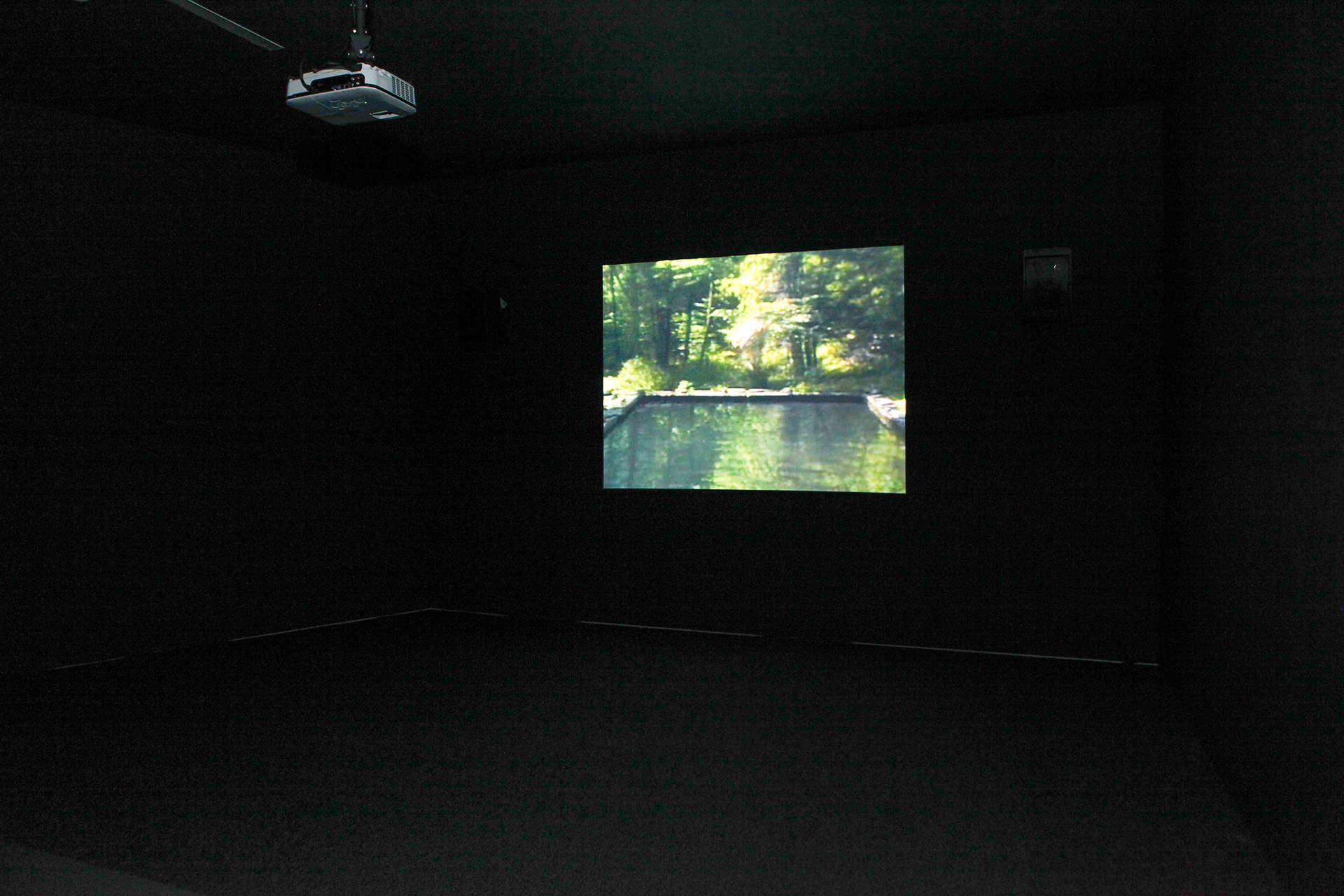
Bill Viola, The Reflection Pool, 1977-1979
NC: Although I have not watched Blackkklansman yet, I did see the works by Akomfrah and Jafa at the SFMOMA. Both works made me think about the potential of the institution to complicate the existing narratives, and to create a space for alternative ones that could be written by the community. It requires an awareness of the sociopolitical landscape within which the institution is rooted.
RF: Sociopolitical landscape absolutely influences and has influenced in the past my thinking and programming but I would also argue that it now affects the entire museum and the way we try to work on more meaningful connections to our various audiences and times. We need to tell different stories by different artists, stories pushed aside by the grand narratives of Western art, stories that challenge not only us in terms of its open-ended form and content but also inherently question our very definition of art. One of these examples is our upcoming exhibition “Suzanne Lacy: We Are Here” which I’m co-curating with two amazing colleagues, Dominic Willsdon, now director of the ICA at the University of Virginia in Richmond, and Lucía Sanromán, curator at large at Yerba Buena Center for the Arts, our partner in this exhibition and direct neighbor across the street. We will be addressing the fact that contemporary art has been influenced not only by performative and media-based art over the last decades but also by socially engaged art or “social practice” as it is often called—a fact not reflected in most museum collections. Lacy is arguably the most influential pioneer of this form of art making outside the institutions and venues of art. The question I’m asking thus is: How can we work on a more complex, more nuanced, and richer representation of the history of contemporary art? I can relate to this form of art not only because artists like Lacy rely upon media-based installation formats in their attempt to reflect on the various uses of media in communities as well as in our society. More importantly, many of our current movements and social phenomena, from “MeToo” to “Black Lives Matter” resonate deeply with Lacy’s 40-plus years of socially engaged art. Sadly, the themes and issues are recurring.
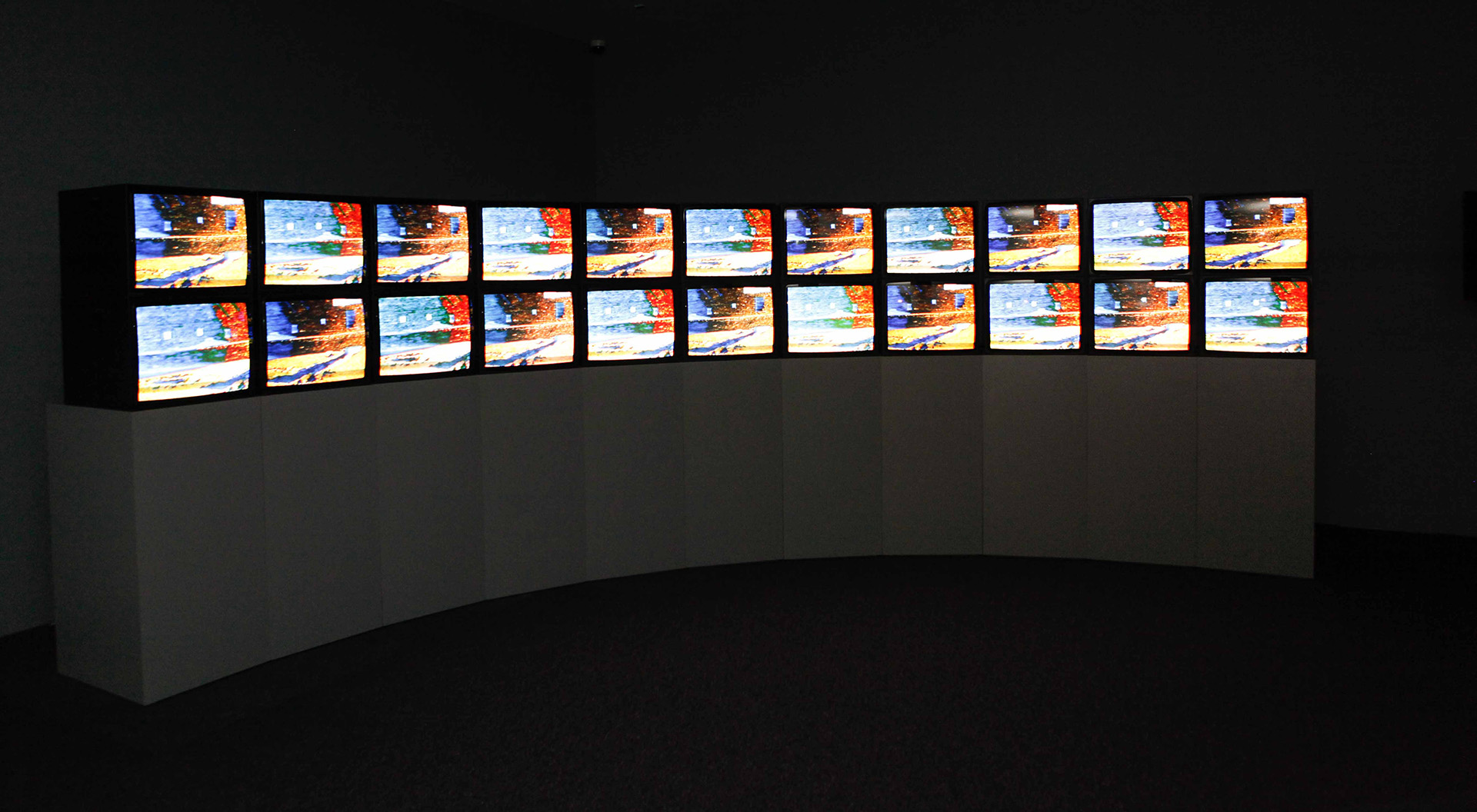
Steina, Batı - West, 1983
NC: I watched The Roof is On Fire by Lacy recently, and also had the chance to meet her. Although I agree that the themes are recurring, the general context that surrounds them have changed. Nowadays, we are more careful with the questions of representation—who gets to talk about which community, and whether they have the right to do so. Lacy acknowledges this change. I appreciate the fact that the institutions take the “risk” to reflect on these complexities, and to find the right language to do so. Could you say a few words about some methodologies that you use?
RF: Indeed, contexts have changed and this has guided our concept of the show in many ways. For one, the title reflects this current moment and the collectivity of authorship. It’s not the right place to reflect on many issues more broadly, but let me just point to our fundamentally collaborative process in the development of the concept in close dialogue with the artist: it’s one exhibition in two quite different institutions, co-organizing and co-curating this project. While this is obviously a retrospective format, meaning we’ll have objects, photographs, films/videos as well as documents that speak to those past contexts and narratives, the approach has always been to find a representation of voices that is first and foremost an experience for the visitors. This line of thinking follows closely the artist’s own trajectory of “re-thinking” her own works. On a related note, though, we also wanted to focus on the current state of affairs in our country by inviting a series of youth organizations to provide a series of artistic and activist responses to the legacy of the Oakland Projects.
NC: How would you describe your curatorial vision?
RF: I try to find ways to help us be relevant for as many people as possible, to produce, collect, and exhibit works that are challenging as well as accessible, that are socially engaging but with a unique aesthetic experience. In this currently debated artificial juxtaposition of contemplation and experience, I’m advocating for a much more experiential program without sacrificing criticality for a simple spectacle. Primarily, I bring a sense of temporality and performance into the realm of fine arts. The museum that we need is a place for active engagement, agitation, activism—which can include contemplation, see the most recent exhibition “Sublime Seas: John Akomfrah and J.M.W. Turner” at SFMOMA where we brought a 19th century painting by Turner, The Deluge from Tate Britain, into a dialogue with the large-scale cinematic installation Vertigo Sea by John Akomfrah. Ok, full disclosure, it was the artist’s idea, not mine but we embraced it as a radical way of deepening our sense of history in our museum. I doubt that you can call that a “vision” but it’s a foundation for making decisions on a daily basis.
NC: The questions about inclusion / exclusion, and accessibility are important issues to dwell on, especially in thinking about the growing inequalities in San Francisco, and the housing crisis. Could you tell us more about your day-to-day decisions? One way is creating collaborations and decentralizing the power—as in your Lacy show—but also recently the permanent collection was opened for the ones who were impacted by fire and smoke.
We discuss this social and political situation in the Bay Area almost every day. It’s challenging to find responses that go beyond simple gestures like the one you mention in your question. It’s not easy to be nimble and spontaneous in such a huge organization like ours but we try to find ways to be even more connected to our communities. One way of doing that is to sustain a range of exhibitions and public programs that address the problems of our time, that provide criticality with an acute sense of keeping the program accessible. Ultimately, our public will want to see things in the museum to which they can relate. The histories of the artists in California are key to that vision, and so are the histories and cultures of Afro-Americans in the U.S., see the enormous feedback on Arthur Jafa, or the ground-breaking critical survey “Art and China after 1989: Theater of the World”, which just opened at our museum. Last but not least, being a team-player in this institutional ecosystem of the larger Bay Area is also part of our DNA.
ABOUT THE CURATOR
Rudolf Frieling is a curator, educator, and scholar with an M.A. in Humanities from the Free University of Berlin and a Ph.D. from the University of Hildesheim, Germany. In 2006, he was appointed curator of media arts at the San Francisco Museum of Modern Art; from 1994–2006 he was curator and researcher at ZKM, Center for Art and Media in Karlsruhe, Germany; curatorial projects prior to 2006 include the net art section of the Sao Paolo Biennale (2002) and Sound-Image (2003) in Mexico City; he was co-editor of multimedia and print publications from Media Art Action (1997), Media Art Interaction (2000), Media Art Net www.mediaartnet.org (2004–5), to 40yearsvideoart.de (2006); since 2006, he has curated for SFMOMA a series of survey shows around notions of collaboration, participation, and performativity: In Collaboration: Early Works from the Media Arts Collection (2008); The Art of Particiption: 1950 to Now (2008/2009); Stage Presence: Theatricality in Art and Media (2012) as well as many monographic exhibitions with among others Douglas Gordon, Lynn Hershman Leeson, Sharon Lockhart, Rafael Lozano-Hemmer, Christian Marclay and Anthony McCall; he also collaborated on the SFMOMA presentation of Exposed: Voyeurism, Surveillance and the Camera (2010) and oversaw the SFMOMA exhibition William Kentridge: Five Themes (2009). Spearheading the notion of the museum as a producer, Frieling’s commissions for SFMOMA include Sylvie Blocher: Men In Gold (2007), Bill Fontana: Sonic Shadows (2010), Jim Campbell: Exploded Views (2011/2012) as well as Christian Jankowski: Silicon Valley Talks (2013). Frieling most recently curated Film as Place for the reopening of SFMOMA in 2016 and was co-curator of the retrospective Bruce Conner: It's All True (2016/2017).
ABOUT THE WRITER
Naz Cuguoğlu is a curator and art writer, based in San Francisco and Istanbul. She is the co-founder of Collective Çukurcuma. She held various positions at KADIST, The Wattis Institute, de Young Museum, SFMOMA Public Knowledge, Joan Mitchell Foundation, Zilberman Gallery, Maumau Art Residency, and Mixer. Her writings have been featured in SFMOMA Open Space, Art Asia Pacific, Hyperallergic, Nka: Journal of Contemporary African Art, M-est.org, and elsewhere. She received her BA in Psychology and MA in Social Psychology, both from Koç University, and another MA from California College of the Arts’ Curatorial Practice program. She has curated exhibitions internationally, at institutions such as the Wattis Institute (San Francisco), 15th Istanbul Biennial Public Program, Framer Framed (Amsterdam), Kunstraum Leipzig, Red Bull Art Around Istanbul, 5533 among many others. She co-edited three books: After Alexandria, the Flood (2015); Between Places (2016); and The Word for World is Forest (2020).

